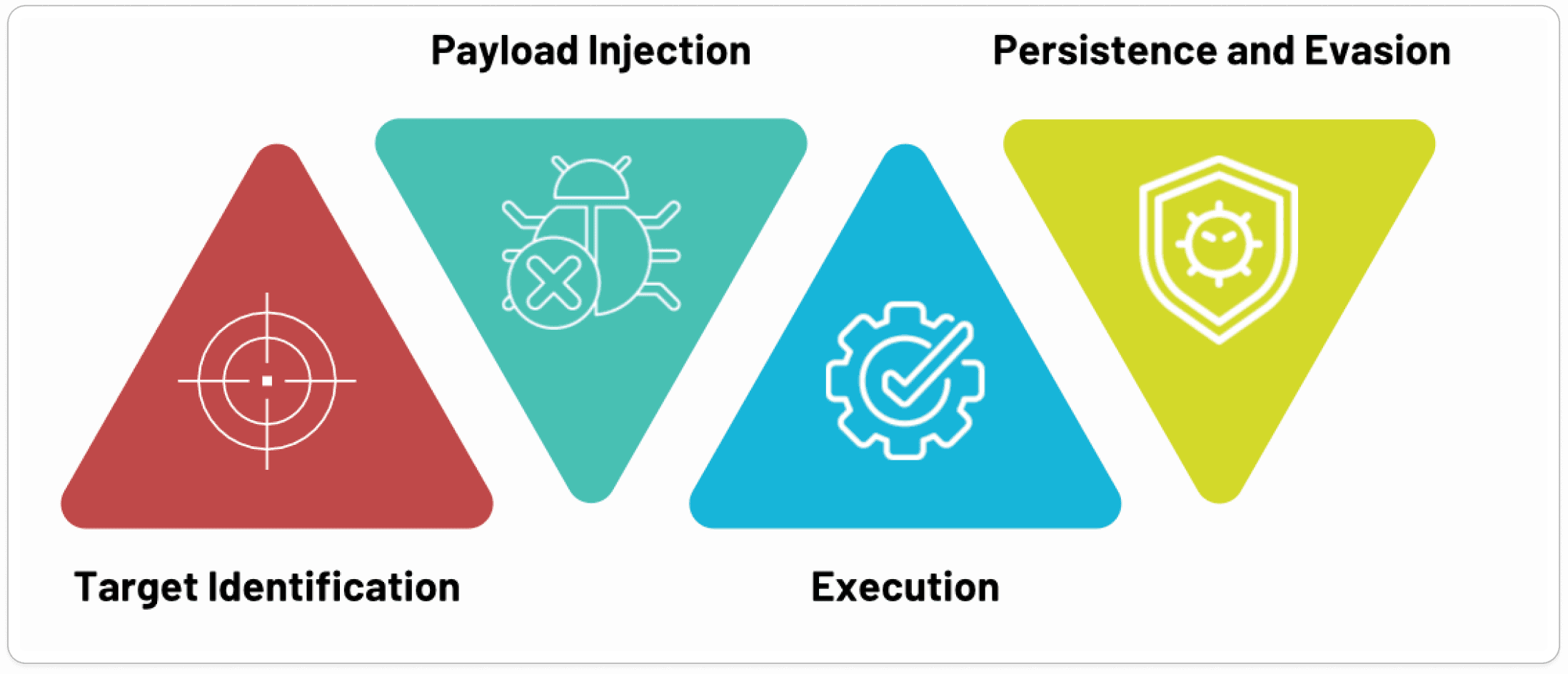In the realm of cybersecurity, attackers are constantly innovating to outmaneuver defenses and achieve their objectives. One particularly clever technique gaining traction is the Squirrel Lolbin attack. This method utilizes legitimate Windows binaries to execute malicious payloads, blending in with normal system operations. In this blog post, we’ll break down the Squirrel Lolbin attack, how it operates, and the best practices for defending against it.
What Are Lolbins?
Lolbins, or "Living off the Land (LOL) Binaries" refer to legitimate tools and binaries present in operating systems that attackers exploit for malicious purposes. Instead of deploying entirely new malware, attackers leverage these trusted components to execute their payloads, thereby avoiding detection by conventional security solutions.
Understanding the Squirrel Lolbin Attack
The Squirrel Lolbin attack targets the Squirrel.exe binary, a component of the Squirrel framework used for software updates and installations. Because Squirrel.exe is a trusted process on many systems, it presents an attractive target for attackers seeking to execute commands or deploy malware without raising red flags.
How the Attack works:

Target Identification: Attackers first identify systems that have the Squirrel framework installed, noting the presence of Squirrel.exe.
Payload Injection: They then inject malicious payloads or scripts into the Squirrel.exe process, or use it to execute commands that download and run further malicious software.
Execution: The malicious payload or command runs under the guise of the legitimate Squirrel.exe process, making it challenging for traditional security tools to spot unusual behavior.
Persistence and Evasion: To maintain access and avoid detection, attackers might use various persistence mechanisms and obfuscate their activities.
How Attackers Exploit the Squirrel Framework
The Squirrel framework, used for managing auto-updates in Windows applications, can be a target for attackers seeking to exploit its features. Here’s how attackers may target the Squirrel framework and the strategies for defending against such exploits:
1. Abusing Legitimate Binaries
Malicious Code Injection: Attackers can inject malicious payloads into Squirrel.exe or manipulate its execution. By embedding their code within this legitimate process, they can execute malicious activities while appearing to use a trusted component.
Hijacking Update Processes: Attackers may intercept and modify the update process managed by Squirrel. By tampering with update files or scripts, they can introduce and execute unauthorized code during the application’s update phase.
2. Exploiting Auto-Update Features
Creating Malicious Update Files: Attackers can craft update files that seem legitimate but contain embedded malware. When these files are applied as updates, the malicious code gets executed on the target system.
Exploiting Automatic Updates: Applications that automatically apply updates without user confirmation can be exploited. Attackers can leverage this feature to execute their malicious payloads seamlessly during the update process.
3. Manipulating Update Mechanisms
Man-in-the-Middle Attacks: If the update process is not secured (e.g., using unencrypted channels), attackers can perform man-in-the-middle attacks to intercept and modify update files. This allows them to inject malicious code into updates as they are transmitted.
Tampering with Update Servers: Gaining access to update servers allows attackers to replace legitimate update files with malicious ones. When applications download updates, they inadvertently execute the attacker’s code.
4. Exploiting Configuration Weaknesses
Insecure Configurations: Misconfigured Squirrel setups can provide opportunities for attackers to exploit vulnerabilities. Weak configurations may allow unauthorized access or code execution.
Elevated Permissions: Applications or services running with higher privileges than necessary can be more vulnerable. Attackers can exploit these elevated permissions to gain further control over the system.
5. Vulnerabilities in the Framework
Unpatched Vulnerabilities: Known vulnerabilities in the Squirrel framework that are not patched can be exploited by attackers to compromise systems. Keeping the framework updated is crucial for mitigating this risk.
Zero-Day Exploits: Attackers may exploit unknown or unpatched vulnerabilities in Squirrel to carry out attacks. These zero-day exploits can allow attackers to execute malicious actions without detection.
Conclusion
The Squirrel Lolbin attack showcases the ingenuity of modern attackers who exploit trusted system tools to execute their malicious agendas. By understanding this attack vector and implementing effective security measures, you can better protect your systems against such sophisticated threats. Stay proactive and vigilant to defend against the evolving tactics of cyber adversaries.
Happy Learning !!


